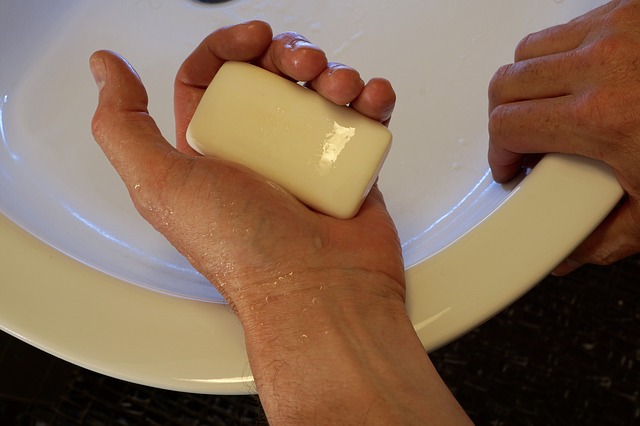
You might already know someone who’s had a MRSA infection, or at least a case of staph. It’s fairly common due to the fact that staph bacteria exists all over the place, but MRSA (methicillin-resistant Staphylococcus aureus) is a strain of the bacteria that is highly resistant to many of the antibiotics that are generally used to treat staph. Left untreated, MRSA can require surgeries, and sometimes even amputations. Rarely, it can lead to death.
Currently the infection is making headlines after New York Giants tight end Daniel Fells came down with a MRSA infection in his ankle. He has already undergone multiple surgeries in the past ten days, and luckily is now reported to be responding to antibiotics. In a situation where the infection refuses to respond to antibiotics, (or someone waits too long to get it checked out), the infection can lead to amputation.
Staph bacteria can actually live on the skin and in the nose without causing issues (about one in three people is carrying some around right now), but it’s when the staph gets the opportunity to enter the body through a cut or wound of some kind that can lead to infection in the body. It generally spreads quite quickly, and when it’s not treated it can spread not only across the skin but into the bones, blood, and lungs, which obviously is extremely dangerous.
Staph infections are particularly common in athletes and gym environments for a couple reasons. For one thing, there’s a lot of people sharing equipment or being in close contact. Then add in locker rooms that may or not be totally clean, and things like whirlpools that can breed bacteria. For another thing, minor abrasions are pretty common in any high impact sport.
MRSA or any type of staph will make itself known pretty quickly, but it’s good to know how it will first appear to have the best chance at treating it. At first staph usually looks like an insect bite with puss, and the skin around it can be red and hot. It moves pretty quickly, so when the redness starts to grow you can tell the infection is spreading, and fevers are common. Generally when MRSA is caught right away it can be drained and treated when the right antibiotics are found, so it’s really important to get checked out asap if you notice something that resembles an infection on your skin.
Unfortunately it’s sort of hard to tell where the infections first originate, so often people don’t know they’re at risk until it’s already entered the body. To prevent your odds of getting any type of staph infection, never share razors or towels, or anything else that might easily spread bacteria from the skin. Keeping your hands clean can help, wipe down gym equipment before you use it, and anytime you have a cut or scrape of any kind you should make sure it is treated quickly and covered to protect it from any bacteria that’s trying to get in. And again if you suspect you have it, head to the doctor as soon as possible.

Absolute nightmare, that stuff is no joke
This should be so easy to prevent, and yet